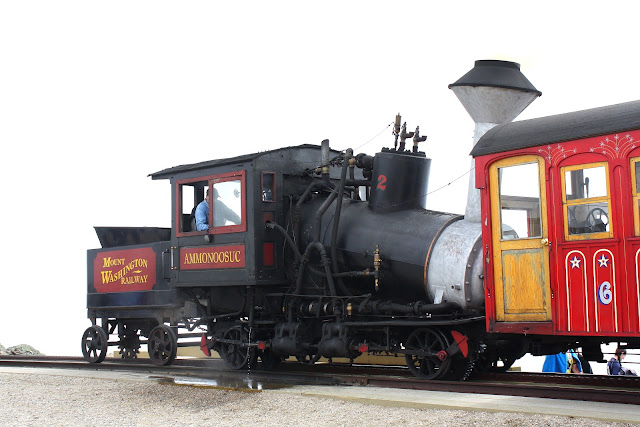Sunset Crater Volcano National Monument
Sunset Crater Volcano! Roughly 930 years ago, the eruption of this volcano reshaped the surrounding landscape, forever changing the lives of people, plants and animals. Hike the trail through the lava flow and cinders and you’ll likely discover colorful, ruggedly dramatic geological features coexisting with twisted Ponderosa Pines and an amazing array of wildlife.
Most visitors drive through the 34 mile scenic loop that winds from Highway 89 through Sunset Crater Volcano and Wupatki National Monuments. The scenic loop leads you from the high Ponderosa Pine forests of Sunset Crater, down nearly 2,000 feet in elevation to the red rocks and painted desert vistas of Wupatki.
What happens when the earth cracks open beneath you, spewing hot cinders and poisonous gases high into the air? Just 1,000 years ago, that happened at Sunset Crater Volcano. At first, it must have been terrifying. Plants burned, and people and wildlife fled. But as ten centuries have passed, life has slowly returned, beautiful and strong.
Here you can learn what rangers, scientists, and visitors like you have discovered through the preservation of Sunset Crater Volcano.
The Bonito Lava Flow is one of several flows that streamed out from the base of Sunset Crater Volcano about 930 years ago. The 1200° C (2200° Fahrenheit) liquid formed a river of black lava that inundated over four and a half square kilometers (almost two square miles) of the landscape before it cooled and solidified.

















































